 Technology peripherals
Technology peripherals
 AI
AI
 Yushu releases H1 universal humanoid robot, M107 joint motor with high torque and high burst, Q4 mass production starts!
Yushu releases H1 universal humanoid robot, M107 joint motor with high torque and high burst, Q4 mass production starts!
Yushu releases H1 universal humanoid robot, M107 joint motor with high torque and high burst, Q4 mass production starts!
I’m afraid Elon Musk never dreamed that at this year’s World Robot Conference, a Chinese company would be the first to release a universal humanoid robot product, and announced to the market in a high-profile manner that it would complete mass production in Q4 this year.
Yushu H1 humanoid robot walking demonstration

On the evening of August 15, Yushu officially announced its entry into the field of universal humanoid robots and released its first universal humanoid robot product H1. Judging from the published data, the H1 humanoid robot is designed with lightweight materials. The overall weight is only 47kg, and the whole body has 19 degrees of freedom. The walking posture is light and steady, especially the H1 legs. For the joint motor part, the peak torque reaches 360N·m, and with the hollow axis and dual encoders, it fully benchmarks the Tesla Optimus humanoid robot.
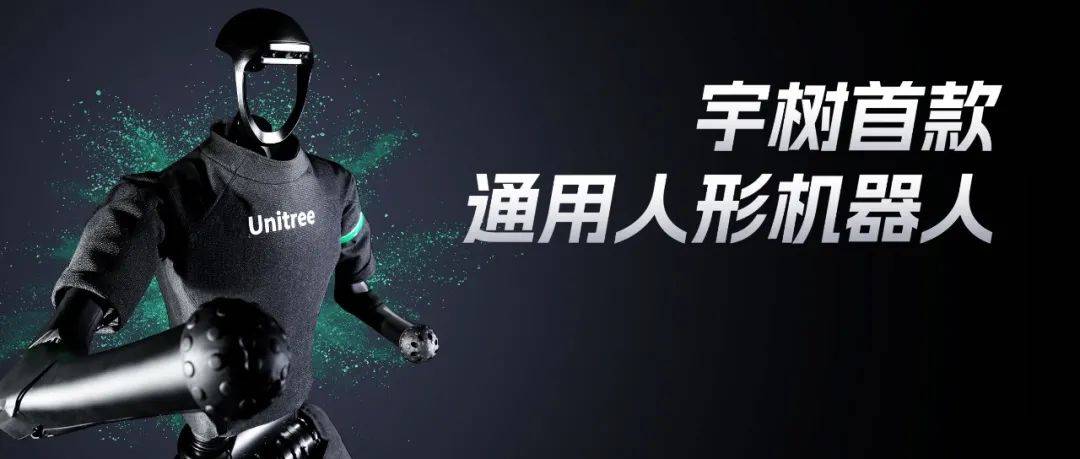
▍Peak torque 360N·m High torque and high power M107 joint motor is the key to making the H1 humanoid robot walk
For a bipedal humanoid robot, 30-40 DC servo motors are usually needed to complete basic walking and grabbing and other common actions. At the same time, servo motors also need to meet the characteristics of small size, high burst, high power and high density. It is difficult for domestic servo motors to meet this rigid requirement.
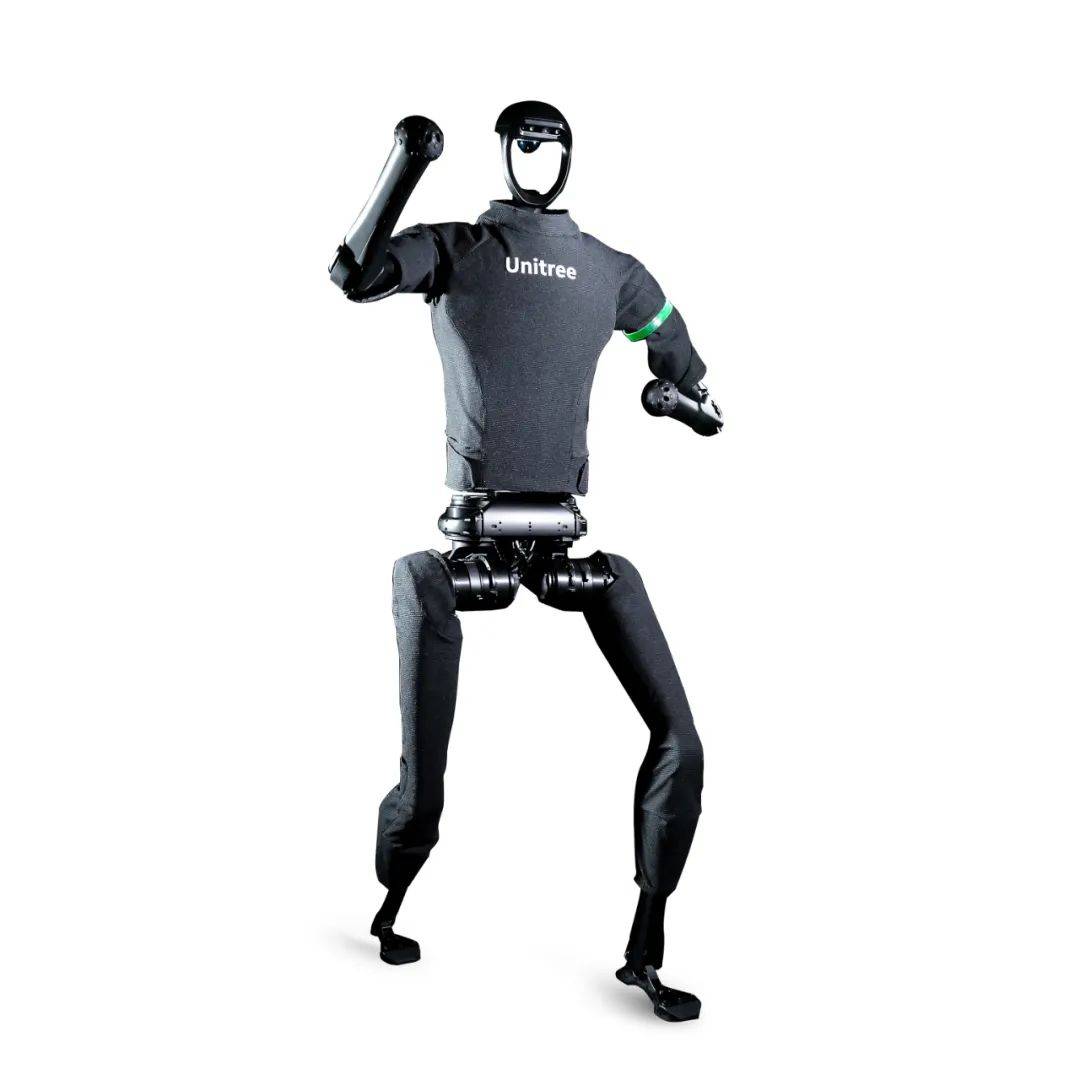
According to Yushu R&D engineers, in order to meet the needs of large loads, high density, and high power, Yushu specially designed the M107 joint motor with higher torque density for the H1 humanoid robot. Applied to the two knee joints of the H1 humanoid robot, the peak torque reaches 360N·m, while the hip joint motor torque is 220N·m, the ankle joint is 45N·m, and the arm joint is 75N·m . At present, the core components of the H1 joint unit, including servo motors, reducers, and controllers, are all independently developed and produced by Yushu.
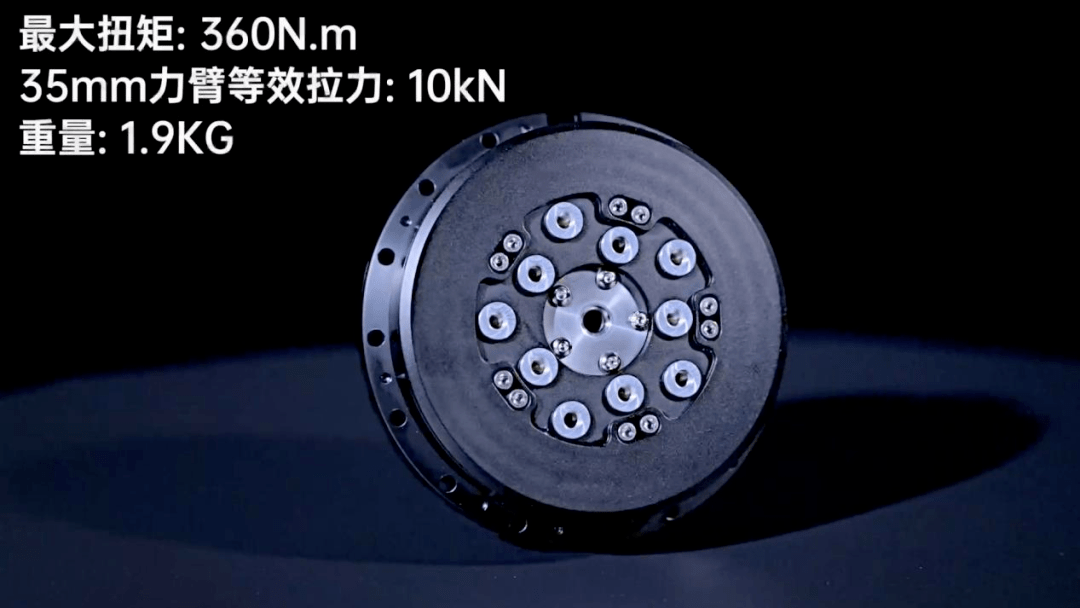
Yushu self-developed large-load, high-density, high-power M107 joint motor
Thanks to the M107 high-power and high-density joint motor, the H1 humanoid robot has 19 degrees of freedom, including 10 degrees of freedom for the legs, 1 degree of freedom for the waist, and 8 degrees of freedom for the arms. At present, the walking speed of H1 humanoid robot can reach 1.5m/s, and the potential movement ability can reach 5m/s. In terms of battery life, the H1 humanoid robot is equipped with a 15Ah battery with a maximum voltage of 67.2V, which can meet the standard of 1 hour of continuous exercise battery life.
▍No fear of violent impact, excellent stability and motion control algorithm support, access to AI language model
In addition to seeking breakthroughs in hardware, the stability of motion control algorithms is as important as gait planning. Currently, the walking and balance of the H1 humanoid robot are completed through autonomous calculations without human intervention. In the video, we see that the H1 humanoid robot can quickly adjust its posture and maintain body balance even after being violently impacted.
H1 humanoid robot conducts side impact resistance test

H1 Humanoid Robot Back Impact Resistance Test

In terms of versatility, the H1 humanoid robot is currently equipped with 3D laser radar, which can realize autonomous obstacle avoidance and positioning and navigation functions. In addition, the H1 universal humanoid robot has reserved mechanical and electrical interfaces for the wrist and palm, providing more possibilities for expansion. Yushu is also currently intensively developing the wrist and palm parts. It is expected that More information will be announced in Q4.
H1 humanoid robot equipped with depth camera and 3D lidar

The content that needs to be rewritten is: using real depth camera and 3D lidar
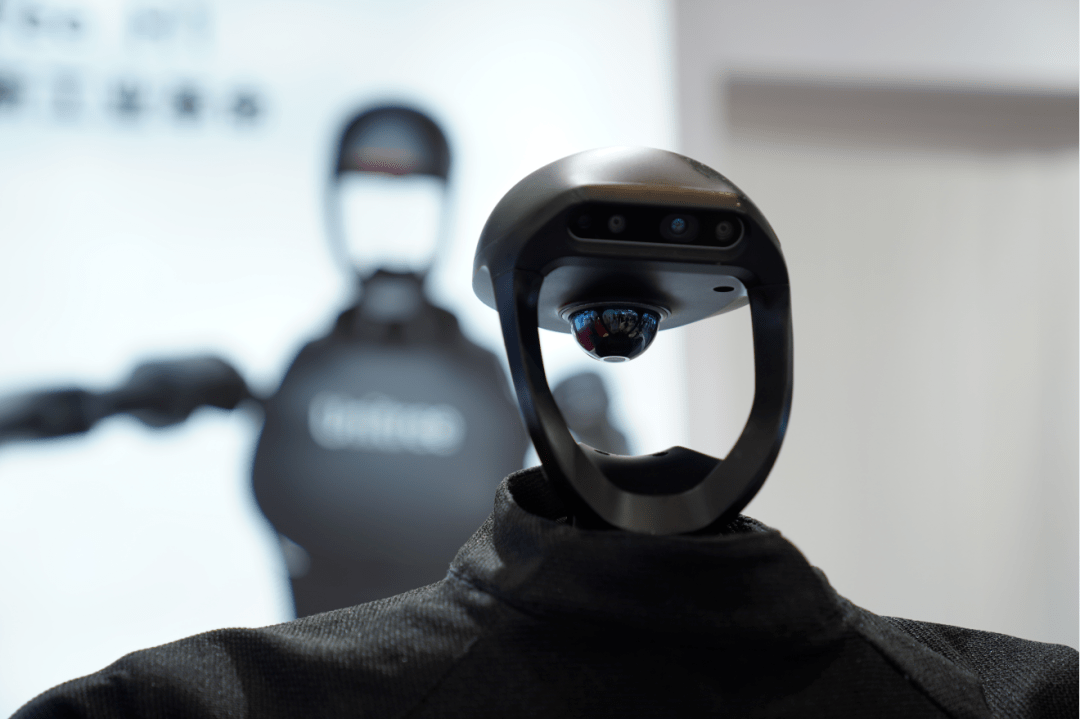
In addition, Yushu R&D engineers said that if humanoid robots want to enter factories and ordinary households, they must solve the problem of robot versatility and improve the level of robot intelligence. At present, the intelligent technology of humanoid robots mainly focuses on machine vision, speech recognition, NLP natural language processing, etc. Although it can complete simple commands, it is not good enough at the level of semantic understanding and logical understanding. To this end, Yushu has also integrated a large AI model on the H1 humanoid robot to improve the level of interaction with humans.
Tesla announced last month that the Optimus robot was affected by joint actuator production capacity issues, which once again made the core components of humanoid robots the focus of market attention. As we all know, the actuator is the core component of the robot. It determines the load and accuracy of the robot and has the characteristics of high value and strong reusability. However, a high-profile company like Tesla lacks core hardware manufacturing capabilities, leading to lower market expectations for Tesla Optimus
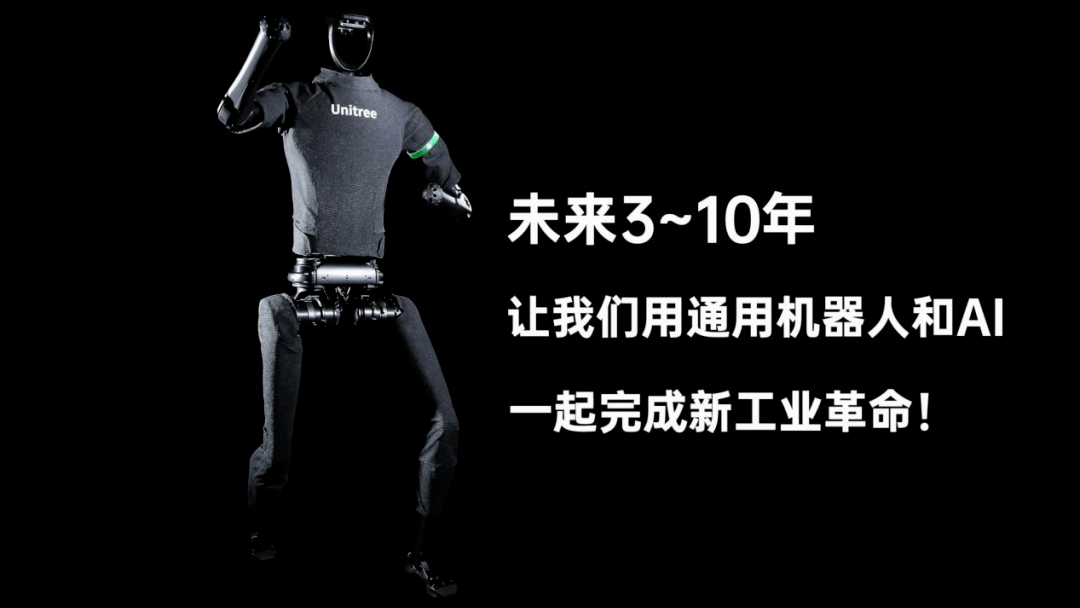
In the entire humanoid robot track, almost all leading companies have mastered the core technology of humanoid robots. Whether core components such as joint motors, controllers, and reducers can be produced domestically and mass-produced will determine the company's future market potential. We see a brand new possibility in the Yushu H1 humanoid robot. An era of universal, intelligent and highly scalable humanoid robots is coming. This marks the beginning of the next industrial revolution
The above is the detailed content of Yushu releases H1 universal humanoid robot, M107 joint motor with high torque and high burst, Q4 mass production starts!. For more information, please follow other related articles on the PHP Chinese website!

Hot AI Tools

Undresser.AI Undress
AI-powered app for creating realistic nude photos

AI Clothes Remover
Online AI tool for removing clothes from photos.

Undress AI Tool
Undress images for free

Clothoff.io
AI clothes remover

Video Face Swap
Swap faces in any video effortlessly with our completely free AI face swap tool!

Hot Article

Hot Tools

Notepad++7.3.1
Easy-to-use and free code editor

SublimeText3 Chinese version
Chinese version, very easy to use

Zend Studio 13.0.1
Powerful PHP integrated development environment

Dreamweaver CS6
Visual web development tools

SublimeText3 Mac version
God-level code editing software (SublimeText3)

Hot Topics
 Best AI Art Generators (Free & Paid) for Creative Projects
Apr 02, 2025 pm 06:10 PM
Best AI Art Generators (Free & Paid) for Creative Projects
Apr 02, 2025 pm 06:10 PM
The article reviews top AI art generators, discussing their features, suitability for creative projects, and value. It highlights Midjourney as the best value for professionals and recommends DALL-E 2 for high-quality, customizable art.
 Is ChatGPT 4 O available?
Mar 28, 2025 pm 05:29 PM
Is ChatGPT 4 O available?
Mar 28, 2025 pm 05:29 PM
ChatGPT 4 is currently available and widely used, demonstrating significant improvements in understanding context and generating coherent responses compared to its predecessors like ChatGPT 3.5. Future developments may include more personalized interactions and real-time data processing capabilities, further enhancing its potential for various applications.
 Getting Started With Meta Llama 3.2 - Analytics Vidhya
Apr 11, 2025 pm 12:04 PM
Getting Started With Meta Llama 3.2 - Analytics Vidhya
Apr 11, 2025 pm 12:04 PM
Meta's Llama 3.2: A Leap Forward in Multimodal and Mobile AI Meta recently unveiled Llama 3.2, a significant advancement in AI featuring powerful vision capabilities and lightweight text models optimized for mobile devices. Building on the success o
 Best AI Chatbots Compared (ChatGPT, Gemini, Claude & More)
Apr 02, 2025 pm 06:09 PM
Best AI Chatbots Compared (ChatGPT, Gemini, Claude & More)
Apr 02, 2025 pm 06:09 PM
The article compares top AI chatbots like ChatGPT, Gemini, and Claude, focusing on their unique features, customization options, and performance in natural language processing and reliability.
 Top AI Writing Assistants to Boost Your Content Creation
Apr 02, 2025 pm 06:11 PM
Top AI Writing Assistants to Boost Your Content Creation
Apr 02, 2025 pm 06:11 PM
The article discusses top AI writing assistants like Grammarly, Jasper, Copy.ai, Writesonic, and Rytr, focusing on their unique features for content creation. It argues that Jasper excels in SEO optimization, while AI tools help maintain tone consist
 How to Access Falcon 3? - Analytics Vidhya
Mar 31, 2025 pm 04:41 PM
How to Access Falcon 3? - Analytics Vidhya
Mar 31, 2025 pm 04:41 PM
Falcon 3: A Revolutionary Open-Source Large Language Model Falcon 3, the latest iteration in the acclaimed Falcon series of LLMs, represents a significant advancement in AI technology. Developed by the Technology Innovation Institute (TII), this open
 Top 7 Agentic RAG System to Build AI Agents
Mar 31, 2025 pm 04:25 PM
Top 7 Agentic RAG System to Build AI Agents
Mar 31, 2025 pm 04:25 PM
2024 witnessed a shift from simply using LLMs for content generation to understanding their inner workings. This exploration led to the discovery of AI Agents – autonomous systems handling tasks and decisions with minimal human intervention. Buildin
 Choosing the Best AI Voice Generator: Top Options Reviewed
Apr 02, 2025 pm 06:12 PM
Choosing the Best AI Voice Generator: Top Options Reviewed
Apr 02, 2025 pm 06:12 PM
The article reviews top AI voice generators like Google Cloud, Amazon Polly, Microsoft Azure, IBM Watson, and Descript, focusing on their features, voice quality, and suitability for different needs.





